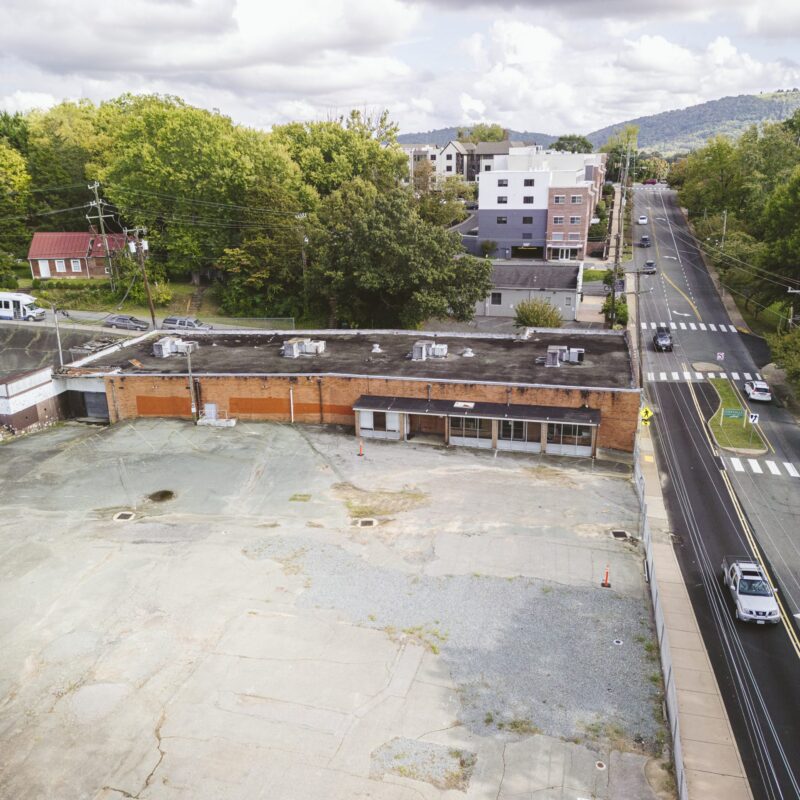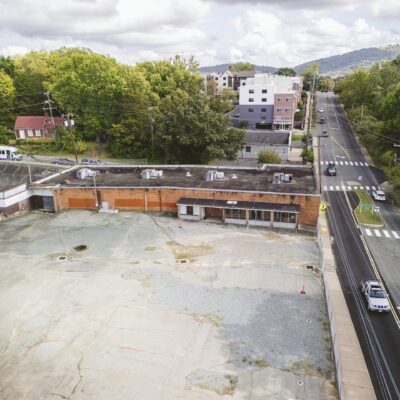Now here’s a truly cool project. A bunch of UVA students (in architecture and engineering) spent last Friday assembling, at the Cobham home of architecture prof John Quale, structures they’d designed to shelter two sleeping people. The rules were that the structures had to be made from recycled, reclaimed or natural materials; that materials had to be recycled after the project; and that each structure could take no more than two hours to assemble and cost no more than $10. After evaluators actually spent Friday night sleeping in these rather amazing constructions, group of experts evaluated the results and handed out prizes.
Color me impressed. These students comprise the next ecoMOD team (ecoMOD is a tough-to-explain but very worthy project headed by Quale; read all about it here), so you know these sleeping shelters are small potatoes compared to some of the sustainable-building challenges they’ll soon be solving. But beyond that, look how clever and beautiful their projects are:

Quale explained that this structure’s roof “was a quilt of shredded office paper between shapes of reclaimed plastic bags. It really had a dreamy effect on the interior.”

This one looks like an urban igloo, no?

Obviously the party house of the little temporary village.

Now, this one’s called “Roll reversal,” and when I talked with one of the students who worked on it, fourth-year architecture major Katie Stranix, she gave me this totally fascinating explanation for the name: “The two materials we were working with were aluminum cans and newspapers. We were thinking of the qualities of those materials and how we could manipulate them to be the opposite of what they are. Newspaper you think of as flimsy. Cans contain water and they’re a cylinder shape. For our roof, we unrolled aluminum cans and we used them to repel water instead of containing water. For the columns we rolled up newspapers to get them to be sturdy.”
Katie’s team got all their materials from recycling centers and returned them there when the contest was over. They spent no money at all.
And the winner was this:

Quale explained that this structure was made of plastic tarp melted into strips, a ceiling of plastic grocery bags, and a mesh wire frame. “It just was very well integrated and also had the shipping crates as a floor structure,” he told me. “It was held up off the ground, so they would have been totally fine in a substantial rain.” Plus, this thing only took half an hour to set up.
Note to ecoMOD students: Anytime you wanna come over to my place and dream up a no-impact, no-cost outdoor sleeping structure, you are more than welcome.



